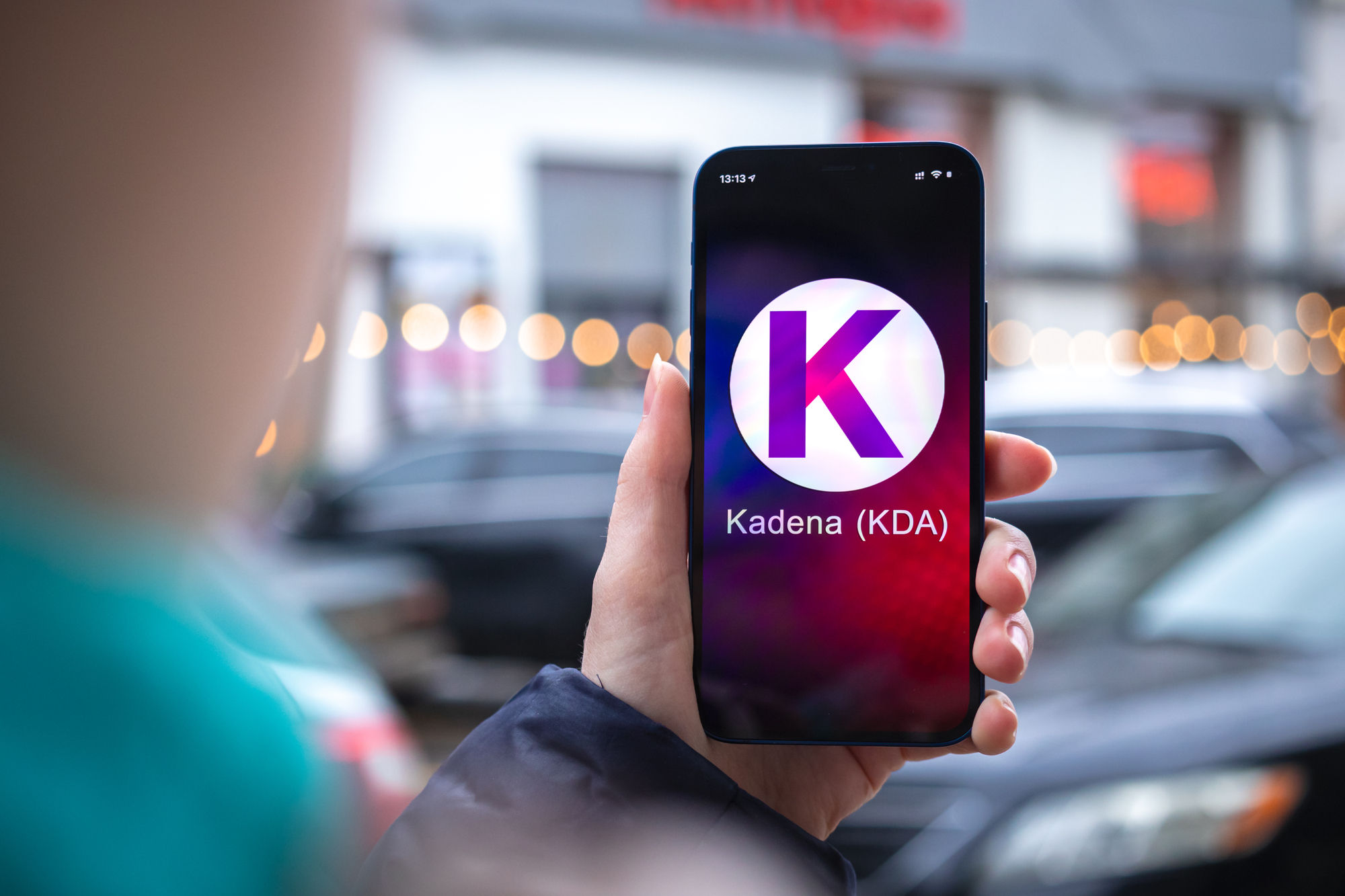Kadena and Zilliqa, two of the top blockchain networks, have struggled to gain traction among developers and users due to increasing competition in the industry.
Kadena is a fast PoW network
Kadena’s KDA token has plunged to $0.555, bringing its market valuation to $157 million from a record high of over $3.5 billion. Zilliqa (ZIL), on the other hand, has seen its valuation plunge from over $2.65 billion to the current $313 million.
To a large extent, Zilliqa and Kadena are some of the best blockchain networks in the industry. Kadena was co-founded by Stuart Popejoy and Will Martino, who spearheaded JPMorgan’s crypto efforts and initiated the development of the JPM Coin, facilitating the internal transfer of billions of dollars.
Unlike Ethereum, Sui, and Avalanche, Kadena uses the proof-of-work technology known for its safety. It is also one of the fastest blockchains in the industry, capable of handling thousands of transactions per minute.
Kadena also charges an average of $0.0005, compared to Ethereum, which has high transaction costs. This arguably makes it one of the most affordable blockchain networks. Despite this, it has not gained traction among developers. Data shows the network has just $676,000 in total value locked from just 5 dApps. It has little market share in the non-fungible token.
Zilliqa introduced sharding
Zilliqa has also not gained traction as its DeFi TVL has slumped to $1.74 million from over $300 million in 2021.
This performance happened despite Zilliqa’s role in the blockchain industry. It is one of the most innovative blockchains that introduced the concept of sharding. Sharding is a technology that boosts blockchain speed by slicing blocks into smaller units known as shards.
Since its introduction, the technology has been embraced by some of the top companies in the industry, such as Near Protocol and MultiverseX, formerly known as Elrond. Ethereum is in the process of implementing sharding in its blockchain.
Zilliqa and Kadena’s lack of market share is partly due to the robust competition in the crypto industry. Ethereum maintains a leading market share and is closely followed by Solana, Tron, Arbitrum, and Base.
Some well-known blockchain networks have also failed to gain market share. Some of these tokens include Tezos, Mina Protocol, Klaytin, XDC Network, and Enjin.













